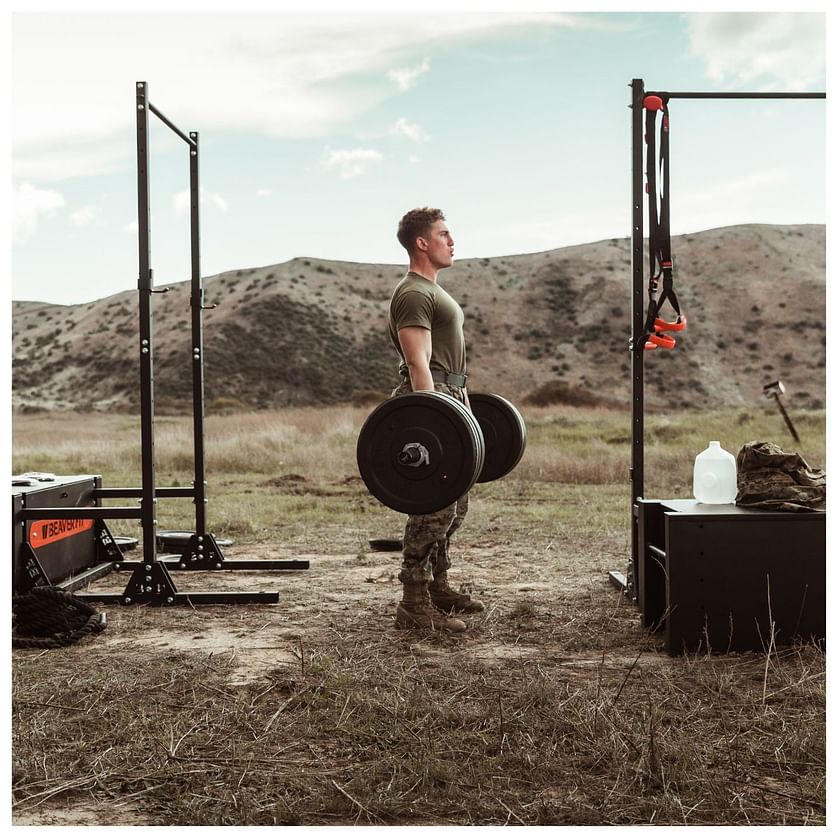Mastering the Full Body Squat Workout: Elevating Your Fitness Game
Understanding Full Body Squats
Full body squats are more than just a leg exercise – they engage multiple muscle groups simultaneously, making them a cornerstone of any comprehensive workout routine. By incorporating squats into your regimen, you’re not just building lower body strength; you’re also targeting your core, back, and even upper body muscles.
The Science Behind Full Body Squats
The effectiveness of full body squats lies in their ability to recruit a wide range of muscles. When you squat, you’re not just working your quadriceps and glutes; you’re also engaging your hamstrings, calves, and even your core muscles for stability. This comprehensive activation leads to greater overall strength and muscle development.
Benefits of Full Body Squats
There are countless benefits to incorporating full body squats into your workout routine. Not only do they build lower body strength and muscle mass, but they also improve balance, coordination, and flexibility. Additionally, squats are a functional movement that translates to real-world activities like lifting, bending, and even walking up stairs.
Proper Form and Technique
To get the most out of your full body squat workout, it’s essential to focus on proper form and technique. Start by standing with your feet shoulder-width apart and your toes slightly turned out. As you lower into the squat, keep your chest up, back straight, and knees tracking over your toes. Descend until your thighs are parallel to the ground, then push through your heels to return to the starting position.
Variations and Progressions
One of the great things about full body squats is their versatility. There are countless variations and progressions that can be used to keep your workouts challenging and engaging. Whether you’re adding weight with a barbell or dumbbells, incorporating plyometric jumps, or trying single-leg variations like pistol squats, there’s no shortage of ways to mix up your routine.
Incorporating Full Body Squats Into Your Routine
Whether you’re a beginner or a seasoned gym-goer, full body squats should be a staple in your workout routine. Aim to include them in your lower body workouts at least twice a week, focusing on proper form and gradually increasing the intensity as you get stronger. Remember to listen to your body and adjust the weight and volume of your squats accordingly.
Common Mistakes to Avoid
While full body squats are a highly effective exercise, they’re also prone to a few common mistakes. One of the most common errors is allowing your knees to cave inward or shift too far forward over your toes. This can put undue stress on the knee joint and increase your risk of injury. Additionally, failing to maintain proper alignment of the spine and pelvis can lead to lower back pain and discomfort.
Listening to Your Body
As with any exercise, it’s essential to listen to your body and pay attention to how you’re feeling during your full body squat workouts. If something doesn’t feel right or if you experience pain or discomfort, don’t hesitate to modify the exercise or seek guidance from a qualified fitness professional. Remember, the goal is to challenge yourself safely and effectively, not to push through pain at the expense of your health.
Staying Consistent
Consistency is key when it comes to seeing results from your full body squat workouts. Make it a priority to incorporate squats into your routine regularly, and don’t get discouraged if progress seems slow at first. With patience, dedication, and a commitment to proper form, you’ll soon be reaping the rewards of stronger, more resilient muscles and improved overall fitness.
Conclusion Read more about full body squat workout






